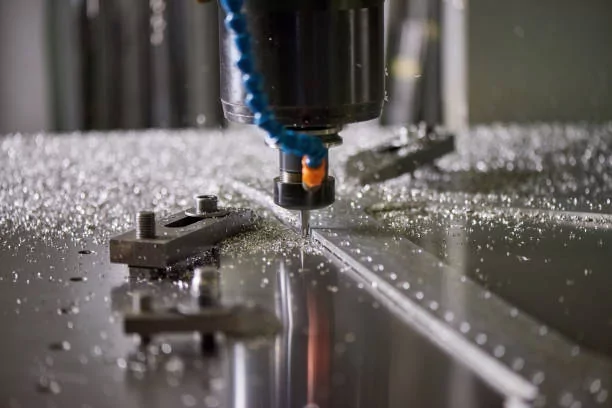The Evolution of 5-Axis Milling
As we examine it more closely, it becomes apparent that it has a vast and complex history that is worth exploring 5 axis milling.Exploring the role of 5-axis milling machines in precision engineering has become increasingly important in the manufacturing industry. The evolution of 5-axis milling has revolutionized the way complex components are manufactured, allowing for greater precision and efficiency in the production process. This technology has enabled manufacturers to create intricate and sophisticated parts that were once thought to be impossible to produce with such accuracy.

Enhancing Precision Engineering
5-axis milling machines play a crucial role in enhancing precision engineering by offering a high degree of flexibility and accuracy in the manufacturing process. These machines are capable of performing complex operations from multiple angles, allowing for the production of intricate geometries with tight tolerances. The ability to machine parts from various orientations eliminates the need for multiple setups, reducing production time and costs while improving overall accuracy.
Applications in Various Industries
The versatility of 5-axis milling machines has led to their widespread adoption across various industries, including aerospace, automotive, medical, and mold making. In the aerospace industry, these machines are used to manufacture complex components such as turbine blades and structural parts with intricate geometries. In the medical field, 5-axis milling is utilized to produce custom implants and prosthetics with high precision. The automotive industry benefits from the technology by creating intricate molds and tooling for vehicle components.
The Future of 5-Axis Milling
As technology continues to advance, the role of 5-axis milling machines in precision engineering is expected to expand even further. The integration of advanced software and automation capabilities will enhance the efficiency and accuracy of these machines, making them indispensable in the manufacturing landscape. Additionally, the development of new materials and cutting tools will enable 5-axis milling to push the boundaries of what is achievable in precision engineering, opening up new possibilities for the production of complex components.
Exploring the role of 5-axis milling machines in precision engineering is an ongoing journey that continues to shape the future of manufacturing. The ability of these machines to produce intricate and precise parts with efficiency and accuracy has transformed the way components are manufactured across various industries. As technology advances and new innovations emerge, the role of 5-axis milling machines will only continue to evolve, driving the next generation of precision engineering.








